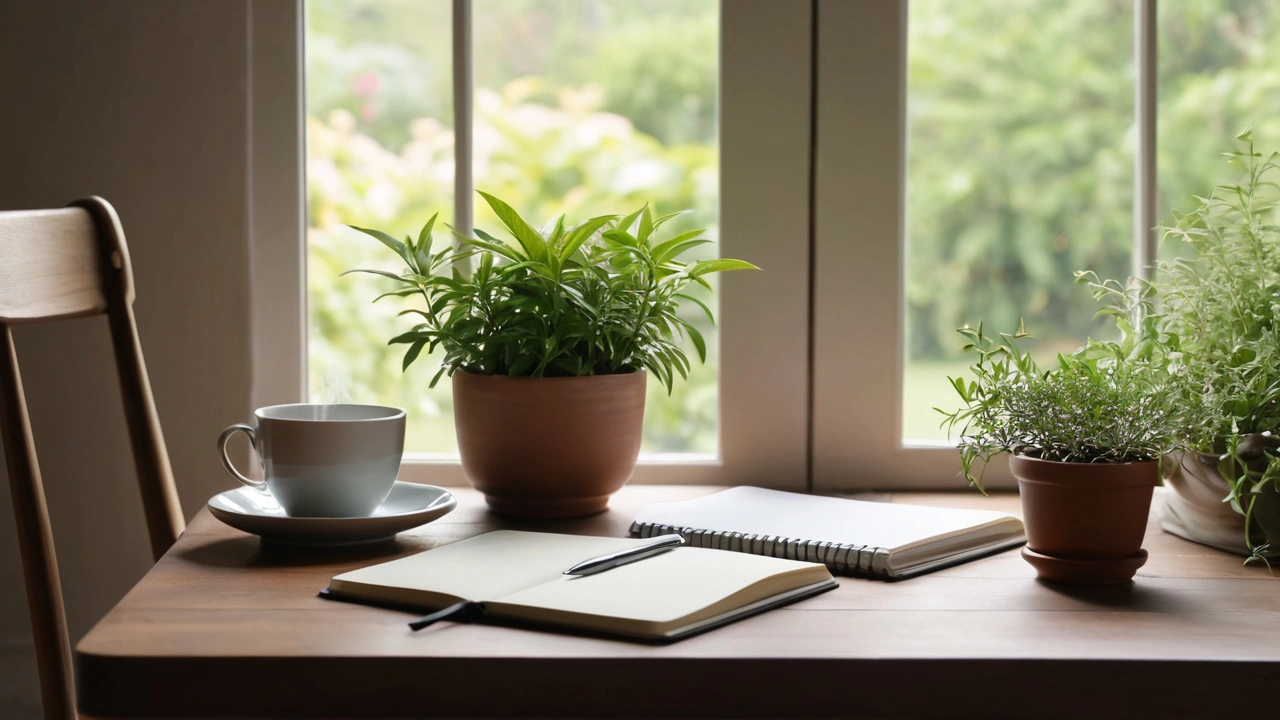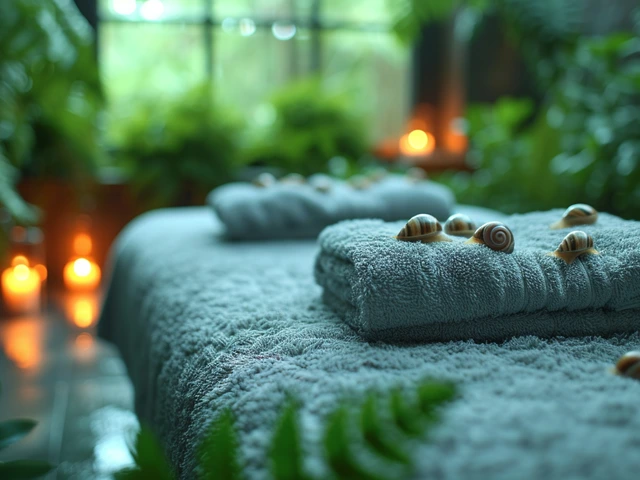Personal Development: Calmness and Mindfulness for Better Focus
Feeling rushed, distracted, or tense most days? Calmness is a practical tool, not a luxury. When you learn to steady your mind, decisions get clearer, work moves faster, and stress drops. Here are simple, real steps you can use today to build calm and keep it.
Start with tiny daily habits. Do a two-minute breathing check three times a day: sit, close eyes, breathe in for four counts, out for six. That slight shift lowers heart rate and helps reset focus. Try this before meetings, when you wake up, or after a tense call.
Move your body in a focused way. A short walk with attention on each footstep or a five-minute stretch routine calms nerves faster than scrolling your phone. Physical movement anchors the mind and gives you steady energy without caffeine crashes.
Build a simple mindfulness practice
You don't need long sessions. Five minutes of focused attention is enough to start rewiring your brain for calm. Pick a cue—coffee, morning light, or your first email—and spend five minutes noticing breath, sounds, and body sensations. If your mind wanders, gently bring it back. That gentle return is the core of mindfulness.
Use practical reminders. Put a sticky note that says "breathe" on your computer, set a phone alarm labeled "pause," or tie a bracelet on your wrist to check in. These small nudges turn calm into a habit without adding more to your to-do list.
Apply calm to decision-making and work
Before a big choice, pause for 60 seconds and list the top two outcomes you want. That pause prevents reactive choices and highlights what's actually important. At work, batch similar tasks into short windows and include two-minute breathing breaks between them. You'll find fewer mistakes and less mental clutter.
When stress hits, use a five-step reset: notice the trigger, name the feeling, breathe for one minute, choose one next action, then act. Naming the feeling makes it less overwhelming. Choosing one clear action stops the loop of anxiety and gets you moving forward.
Finally, protect your non-work time. A clear boundary—no work after a set hour, or one tech-free evening—lets your nervous system recover. Recovery isn't optional; it's how you build sustainable calm and better performance.
Try these techniques for two weeks. Track one change: better sleep, fewer angry reactions, or faster focus. Those small wins add up. Calm isn't a destination; it's a set of tiny choices you make every day.
Make a weekly five-minute review. On Sunday night, jot two wins and one adjustment: what calmed you, what didn't, and one tiny change for the week.
Here’s a simple daily routine you can copy: morning two-minute breath, focused 90-minute work block with a two-minute break, mid-day walk, and an evening tech-free wind-down. That structure makes calm predictable and keeps your energy steady.
Start small and be kind to yourself. Change sticks when it's easy and visible.
If you slip, notice quickly and choose one next tiny action daily.

The Crucial Role of Calmness in Achieving True Success
Calmness is often overlooked but plays a pivotal role in achieving success. This article delves into how staying calm can boost productivity, improve decision-making, and enhance overall well-being. It provides practical tips and insights to help harness the power of calmness for better outcomes in life and work.

The Magic of Calmness: How to Transform Your Life
As a woman living in the constant hustle of life, I've found a secret magic - the magic of calmness. It has the power to profoundly transform our lives, brings about inner peace and encourages mindful living. This post will take you on a journey to discover this magic. We’ll explore its importance and how you can incorporate it into your own life for a holistic transformation. Remember, calmness is not just a state of mind, it's a way of life!

Mindfulness for Entrepreneurs: Boosting Success and Satisfaction
As an entrepreneur, I've discovered a secret weapon to boost my success and satisfaction - mindfulness. Through my journey, I've learned that practicing mindfulness not only improves focus and productivity, but also increases one's happiness and well-being. This post delves into the world of mindfulness for entrepreneurs, sharing strategies and tips to help you achieve both business success and a sense of fulfillment. Join me as we explore how mindfulness can turn into a powerful tool for every entrepreneur, and transform not only your business, but also your life.

Hellerwork: The Essential Guide for Beginners
Aug, 8 2023

Exploring the Wonders of Snail Facial Massage
Oct, 10 2023


